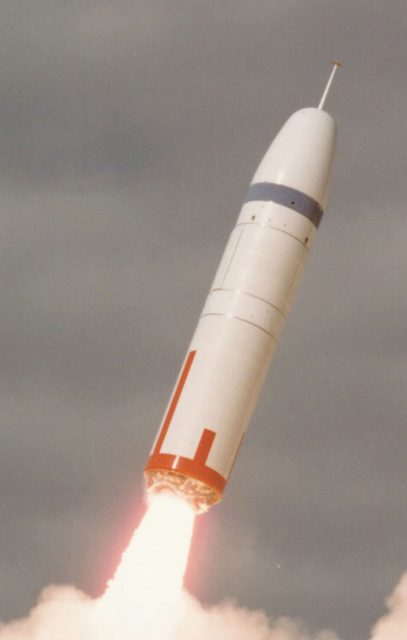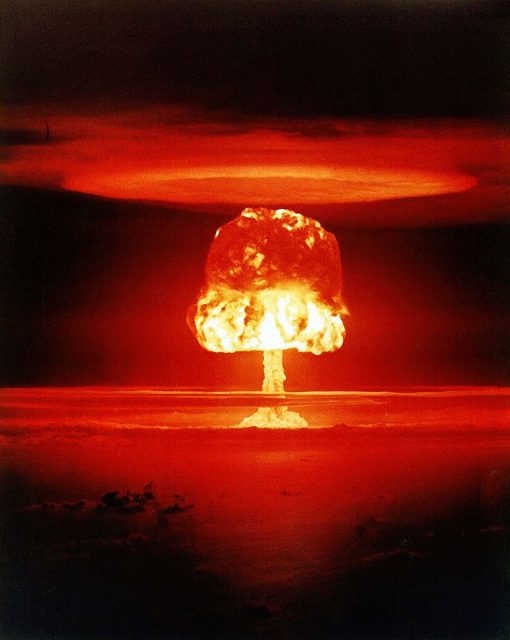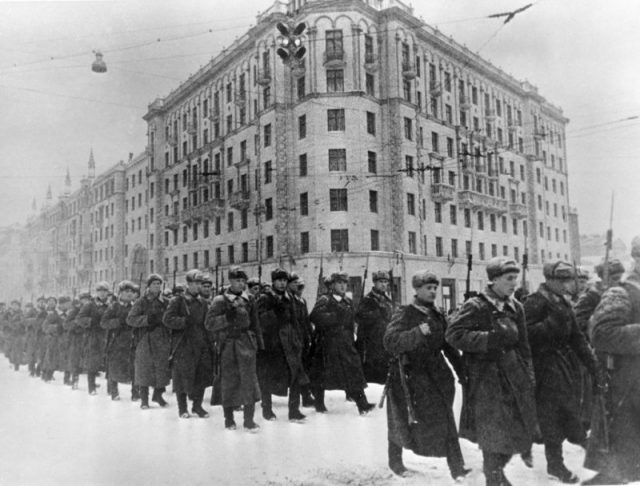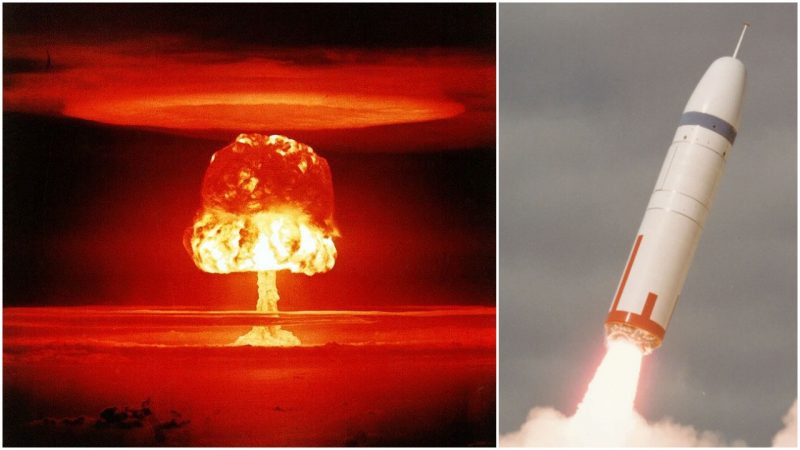The epic rivalry between the United States and the Soviet Union during the course of the Cold War has many times put the world in danger of an all-out nuclear war. Investments exceeding any imaginable figure were made for the production of various missiles, warheads, and silos.
Both countries built enormous underground complexes, placing their weapons of mass destruction on standby mode, as a war between superpowers constantly threatened to erase mankind from the face of the earth. The question was — who would dare to strike first?
In the early 1980s, tensions escalated between the two countries to a level similar to during the Cuban Missile Crisis in 1962.
With the American development of advanced Trident C4 intercontinental ballistic missiles capable of launching from a submarine, the Soviets realized the threat of a first-strike attack from the ocean, as enemy submarines could stealthily approach the coast.

Their biggest fear was that the U.S. intended to apply the decapitation strategy, i.e. precise a surprise strike on the capital, intended to eliminate the Soviet top leadership. This would potentially render the county incapable of providing an adequate response.
So, a protocol was introduced, backed by sophisticated technology together with top-ranking officials of the Strategic Nuclear Forces and other vital figures who would usually authorize the use of WMDs. In the event of an attack on Moscow, a computer system linked with Soviet missile silos would begin a retaliatory sequence.

A number of missiles would be launched automatically at various cities and strategic points across the U.S. The system was named Perimeter but was colloquially known as the Dead Hand, for its role in the potential aftermath of a nuclear strike. Based on a previous system called Signal which needed manual authorization in order to launch, Perimeter took things further by becoming completely automatic.
It was conceived so that retaliation was to be delivered, no matter what.
NASA Apollo moon landings conspiracies
Even today little is known about the Perimeter automatic nuclear-weapons control system, as it was kept top secret by the Soviet officials. The underground complex of bunkers is located south of Moscow together with its backup facilities.
The collapse of the U.S.S.R. shed some light on the way the system worked, but still many discrepancies appeared in interviews with the people involved in the project.
Basically, in a crisis, the procedure was as follows: a high-ranking military official would send a coded message to the bunkers, immediately switching on the Dead Hand. A set of ground-level sensors would then start measuring parameters such as seismic activity, radioactivity, and air pressure.
If the readings indicated that a nuclear explosion had in fact incinerated Moscow, Dead Hand would know what to do.

A series of rockets would then be launched, serving as transmitters, authorizing missiles across the Soviet Union to begin their countdown. All available missiles in silos, submarines and bomber aircraft would then be put in motion and head towards their targets.
Research on the nature of the doomsday device was conducted by Terry Gross and David Hoffman in 2009. The two scientists concluded that the underground facility south of Moscow had three staff officers who were responsible for manually launching the rockets which were to be used in a retaliatory attack.

Hoffman noted in his article that the Soviets indeed intended to make Perimeter fully-automated, and was capable of doing so, but abandoned the idea in fear of putting the fate of the world into the hands of a computer.
In 1991, the Cold War officially ended, without the use of nuclear weapons. However, assumptions were recently made that the complex is still operational as part of the Russian Army and that it might even have been upgraded to more modern standards.
Nikola Budanovic is a freelance journalist who has worked for various media outlets such as Vice, War History Online, The Vintage News, and Taste of Cinema. His main areas of interest are history, particularly military history, literature and film
